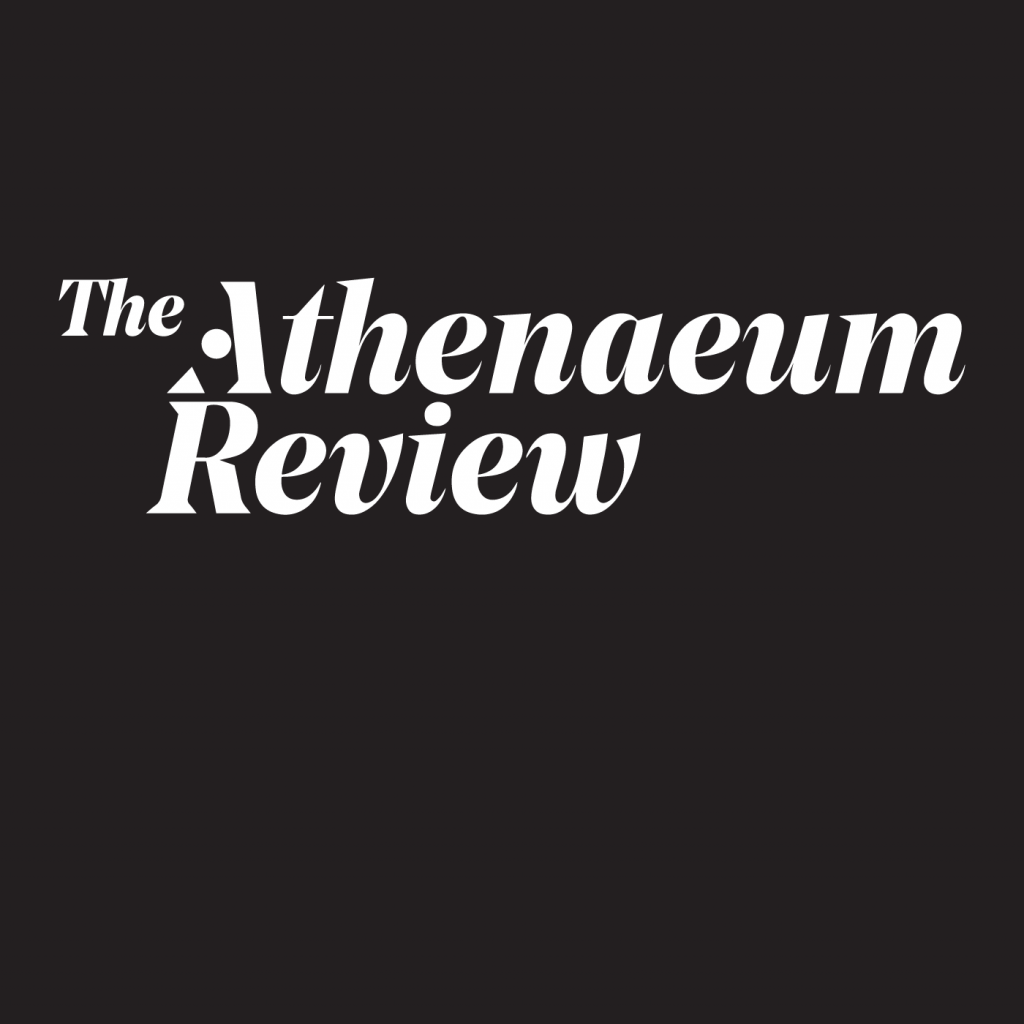Feng, Qianhui: Collision of Chinese Traditional Aesthetics and Contemporary New Media Art/[CN] 冯千卉: 中国古典美学与当代新媒体艺术的碰撞
普通话 [Mandarin]

Feng, Qianhui is an architect, interactive designer and multi-media artist. She is focusing on Interactive architecture and multi-Media art, as well as immersive theatre and interactive performance. She has earned two master degrees, first one is in the major of Architectural Design and theory from Harbin Institute of Technology, and second one is in Design for Performance and Interaction from the Bartlett School of University College London.
In this episode, Feng first introduced one of her architecture project, the museum of the Chinese writer Cao, Xueqin, who is the author of Dream of the Red Chamber, one of the Four Great Classical Novels of Chinese literature. The architectural project features a spatial embodiment and visualization of Cao’s literary world. The counterpart concept of space in Chinese language is kong jian 空间. Although kong 空 is translated as empty in English, but from a Daoist perspective, it actually means unlimited potentially. Thus, the space is not understood as a physical one with a determinate length and width, but rather a place of people’s life, memory, feeling, and open possibility. The conversation also covers the ideas of cang 藏 (hide), kuang 框 (frame) from traditional garden creation.
After a few years of work as an architect, Feng then enrolled in IAlab in University College London to develop her knowledge in Performance and Interaction designing. Feng tried to combine her long-term interest in traditional Chinese aesthetics and contemporary media art creation. She created a new form of theatre named Inner Awareness using the design of a spatial interactive installation that will assess the relationship between performance, space and audience, thereby providing the audience with a thoroughly immersive experience. It is based on a romantic classic Chinese Kunqu Opera THE PEONY PAVILION written by dramatist Tang, Xianzu in Ming dynasty 400 years ago. THE PEONY PAVILION tells a love story through the medium of dream beyond space and time, even beyond life and death. Nonetheless, the employment of digital technology can result in a new and better theatrical interpretation; the coming together and fusion of classical drama and contemporary digital art has the potential to give the opera a new lease of life. Feng used real-time body tracking, augmented reality and projection mapping to interact with the actor’s performance to transform the theatre space into a dream world. In such a space that is artistic and dreamlike, the audiences can transcend space and time, actual and virtual, become one with Du, experience her brave and persistent pursuit of her love and then raise their own inner awareness.
Furthermore, the installation can also be seen in a wider context and not only in the parameters of this one particular art form.
Thank you for listening! Please don’t hesitate to contact me via duansiying@gmail.com if you would like to learn more about the details of the conversation or have any suggestion.





